+86-159 9860 6917
info@geofantex.com
geofantex@gmail.com
+86-400-8266163-44899
By reinforcing the unbound layers, it becomes possible to decrease the thickness of each layer, thereby reducing the amount of non-renewable aggregates and other materials used in pavement construction. The incorporation of geogrids in road projects offers multiple benefits, including cost reduction, shorter project durations, and lower carbon emissions, thus aligning with sustainability goals.
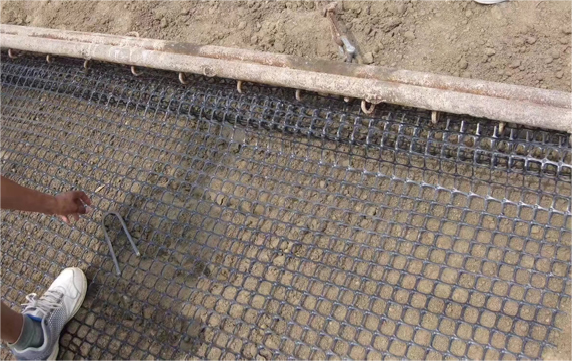
Why use a geogrid for road construction?
Geogrids are widely used in road construction due to their ability to enhance the performance and longevity of roadways. Here are some of the main reasons for using geogrids in road construction:
- Reinforcement and Stabilization: Geogrids help reinforce the soil by providing additional tensile strength, which helps distribute loads more evenly across the surface. This reinforcement prevents the soil beneath the road from deforming or shifting under the weight of traffic, leading to increased stability and reduced maintenance needs.
- Improved Load-Bearing Capacity: By interlocking with soil or aggregate particles, geogrids increase the load-bearing capacity of the pavement structure. This allows roads to support heavier vehicles and endure more traffic without significant damage.
- Cost Efficiency: Geogrids can reduce the thickness of the aggregate base required in road construction, which lowers material costs. This can lead to significant savings, especially in large projects.
- Extended Lifespan of Roads: The additional stability provided by geogrids helps prevent common issues such as rutting, cracking, and other forms of roadway distress, thereby extending the lifespan of the road.
- Ease of Installation: Geogrids are relatively easy to install and do not require specialized equipment or techniques, which can reduce construction time and labor costs.
- Environmental Benefits: By reducing the amount of aggregate needed, geogrids can lessen the environmental impact associated with the extraction and transportation of construction materials.
Overall, the use of geogrids in road construction provides a practical solution to enhancing the durability and effectiveness of road infrastructure, while also offering cost and environmental benefits.
What is geogrid used for roads?
Geogrids are used in road construction to reinforce the soil, stabilize the base, and improve the overall performance and durability of roads. Here’s a more detailed look at their applications:
- Soil Reinforcement: Geogrids help to distribute loads over a wider area, thereby reducing stress on underlying soils. This is particularly beneficial on weak or unstable soils where roads are susceptible to settling or other deformations.
- Base Stabilization: By interlocking with gravel or aggregate in the road base, geogrids provide additional stability, which helps to prevent the base material from shifting and settling. This stabilization is crucial for maintaining the structural integrity of the road and extending its lifespan.
- Improvement of Load Capacity: The inclusion of geogrids in the road structure can increase the load-carrying capacity of the road. This is important for roads that must withstand heavy traffic or vehicles.
- Reduction of Maintenance Costs: Roads built with geogrids generally require less maintenance over time, as they are better equipped to handle stresses without deforming. This can significantly reduce the costs associated with road repairs and maintenance.
- Speed of Construction: Using geogrids can speed up the construction process as they are relatively easy to install and immediately increase the stability of the base layers.
Overall, the use of geogrids in road construction leads to more durable, stable, and cost-effective roadways, making them a popular choice in modern infrastructure projects.
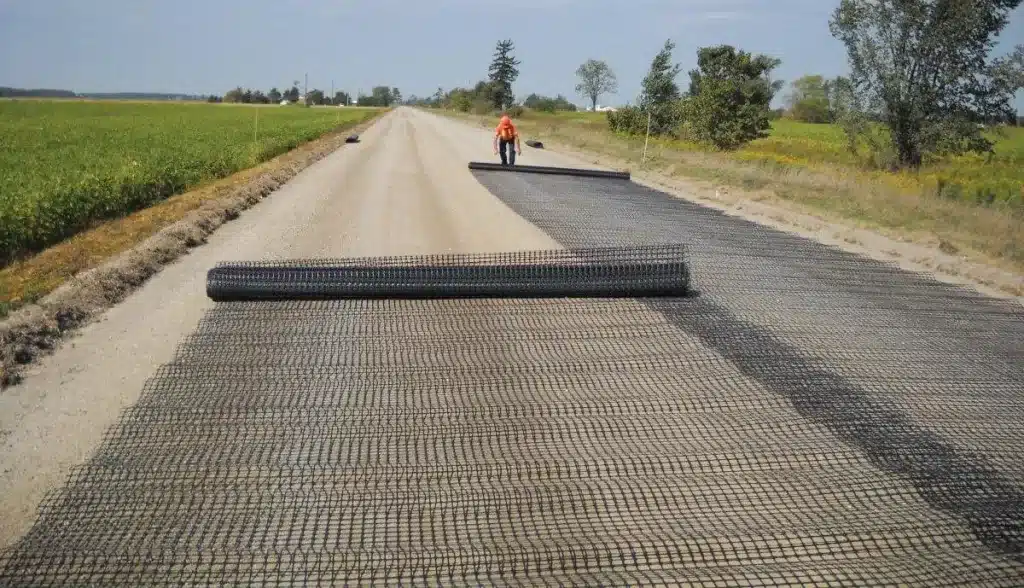
What is the difference between geogrid and geotextile?
A geogrid is a synthetic reinforcement material with a grid-like structure, primarily used to stabilize soil and increase load-bearing capacity in projects like roads, railways, and embankments. It enhances soil strength through interlocking with the soil particles. A geotextile, on the other hand, is a permeable fabric used for separation, filtration, and drainage, often found in landscaping, erosion control, and road construction. Geogrids provide higher tensile strength for reinforcement, while geotextiles are flexible, cost-effective, and ideal for drainage and filtration tasks. Geogrids are more durable and suitable for structural reinforcement, while geotextiles are better for soil separation and water flow control.
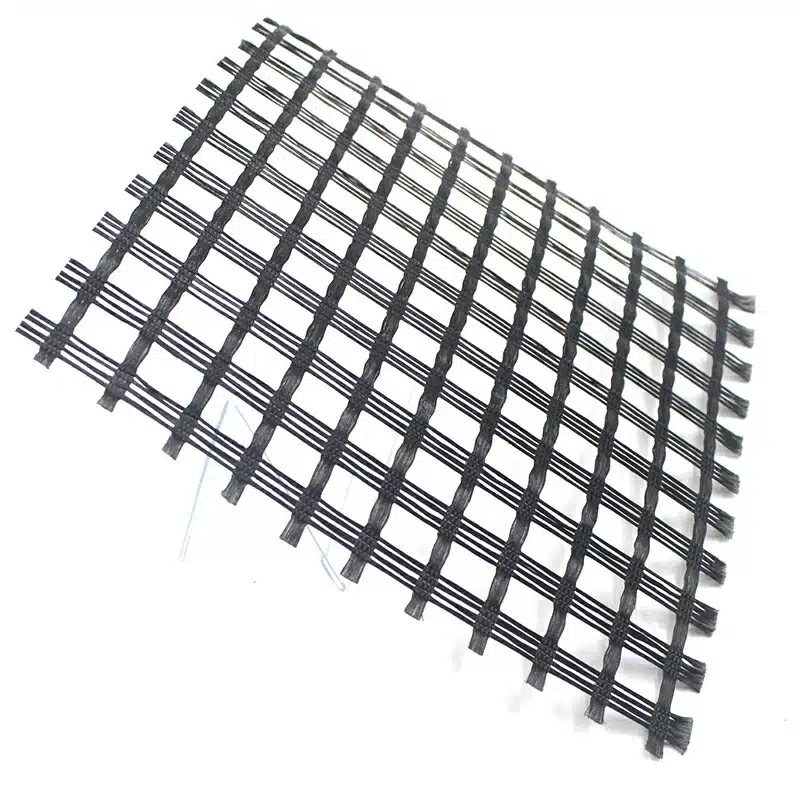
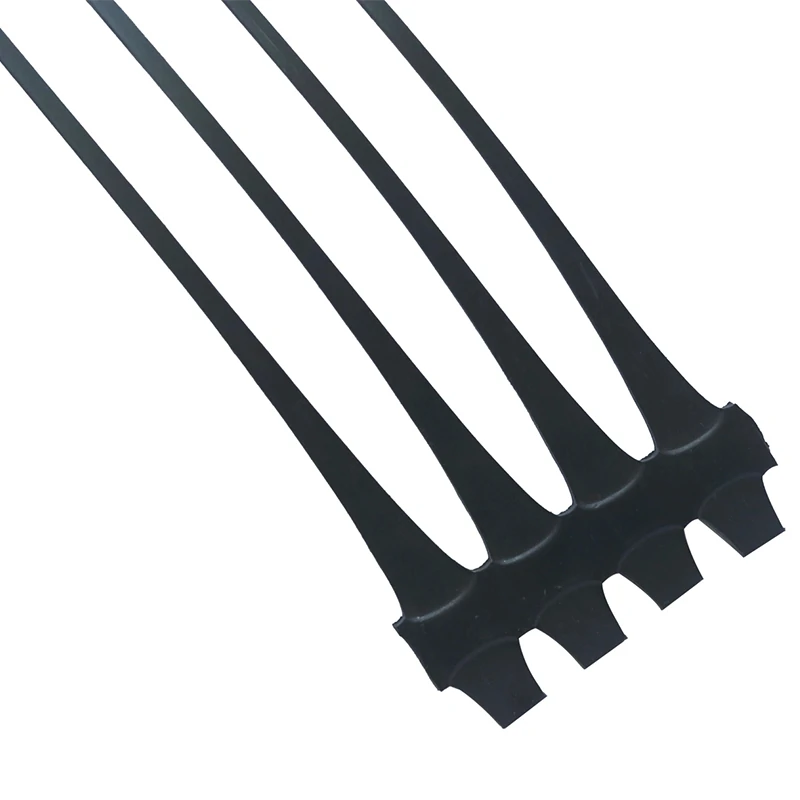
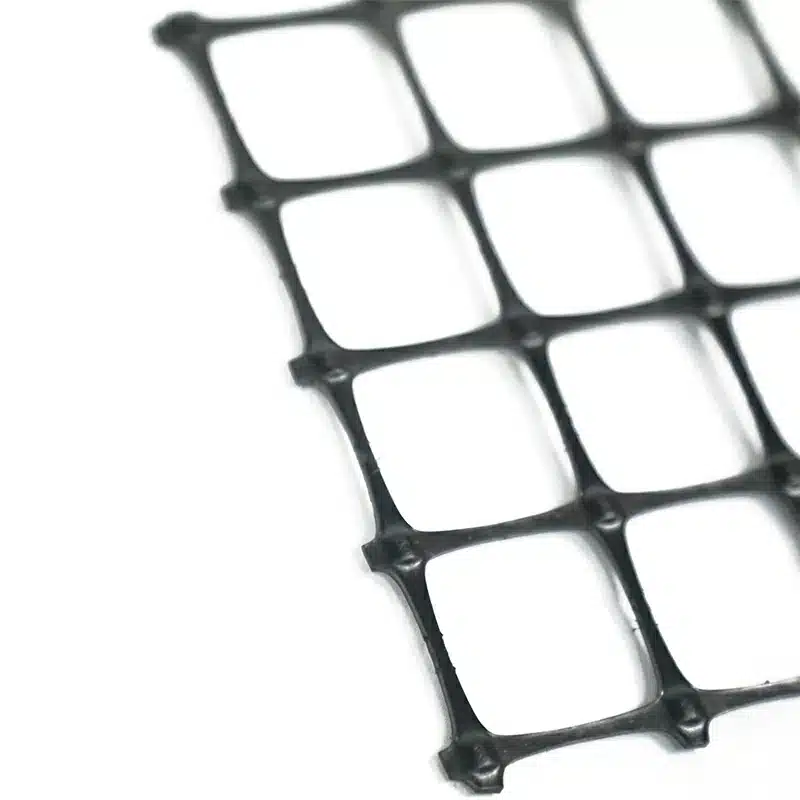
Get Free Sample
We’ll respond as soon as possible(within 12 hours)






















